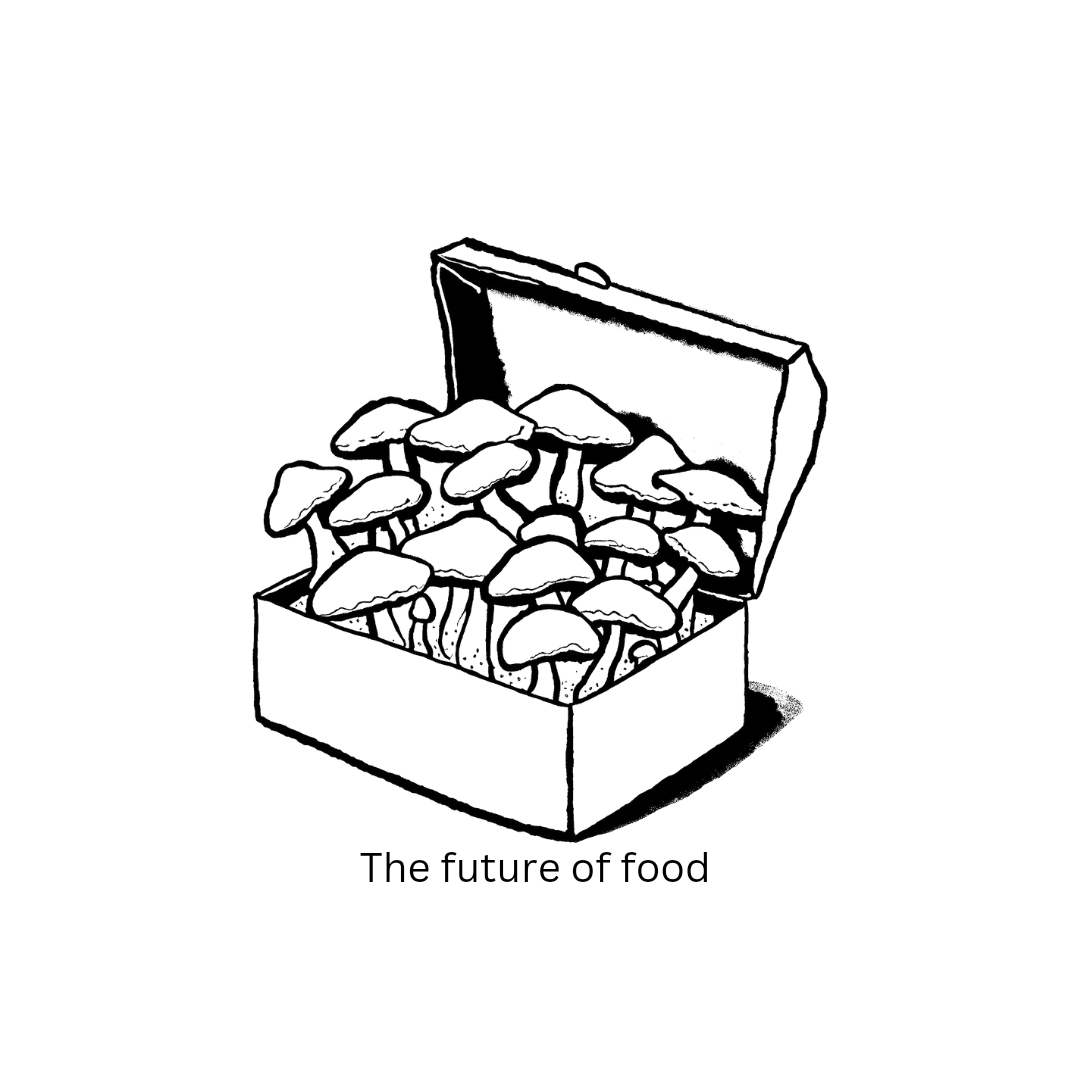Sustainable mushroom cultivation is rapidly becoming a leading solution for eco-friendly food production. As our global population grows and environmental concerns rise, the need for sustainable and efficient farming practices has never been more urgent. One such solution is the cultivation of mushrooms, particularly species like oyster mushrooms, which require minimal resources and can contribute to a closed-loop ecosystem.
Why Choose Sustainable Mushroom Cultivation?
Mushroom cultivation differs significantly from traditional vegetable farming. While it may seem complex at first, it offers numerous environmental benefits. Unlike most crops, mushrooms can thrive on waste materials, using minimal space and resources. They are also fast-growing, making them a great option for those seeking sustainable food sources.
When cultivating mushrooms, such as oyster mushrooms (Pleurotus ostreatus), you need to create a clean, uncontaminated environment for the mycelium (the vegetative part of the fungus) to colonize your substrate. This process typically takes 2-3 weeks in a dark, warm setting. Once colonized, the next phase involves providing a humid and cooler environment to encourage fruiting.
Mushroom Cultivation with Minimal Equipment
One of the best aspects of sustainable mushroom cultivation is that certain species, like oyster mushrooms, are incredibly resilient and require very little equipment. These mushrooms are fast colonizers and resistant to contamination, making them ideal for beginners. You can even grow them on everyday household items like toilet paper rolls, cardboard, or other organic waste materials.
Innovative mycologists have even grown mushrooms from unconventional substrates—like books! For instance, mycologist Martin Shildlake famously cultivated mushrooms from one of his published works about fungi. This proves how flexible and sustainable mushroom growing can be when using minimal resources.
The Role of Spent Mushroom Substrate in Sustainability
Once you’ve harvested your mushrooms, the spent substrate still holds immense value. Rather than discarding it, this mycelium-rich material can be repurposed to improve soil health. Insects, earthworms, and microarthropods thrive on the nutrient-dense mycelium, turning the spent culture into rich compost. This compost can then be used to grow new crops or even other mushroom species like Agaricus or Psilocybe, creating a full-circle growing system that reduces waste and enhances soil fertility.
Mushrooms: The Most Sustainable Food of the Future?
As resources like land, water, and raw materials become more scarce, the importance of sustainable food sources like mushrooms will continue to grow. Unlike many traditional crops, mushrooms can be cultivated in urban environments, on agricultural waste, or in small spaces, making them accessible and scalable for a wide range of people. Additionally, species like Agaricus bisporus (commonly found in grocery stores as button mushrooms) are already widely grown worldwide due to their high yield and adaptability.
Conclusion: Why Sustainable Mushroom Farming is the Future
Sustainable mushroom cultivation isn’t just a trend—it’s a necessity for the future of farming. With minimal equipment and a focus on waste reduction, mushroom farming offers a viable, eco-friendly alternative to traditional agriculture. Whether you’re an experienced grower or just starting out, mushrooms like oyster and agaricus provide a simple and sustainable way to contribute to a healthier planet.
By adopting sustainable mushroom farming practices, you’re not only producing nutrient-dense food but also playing a role in conserving resources and promoting biodiversity. As we look toward a more sustainable future, mushrooms may just be the key to feeding the world.




